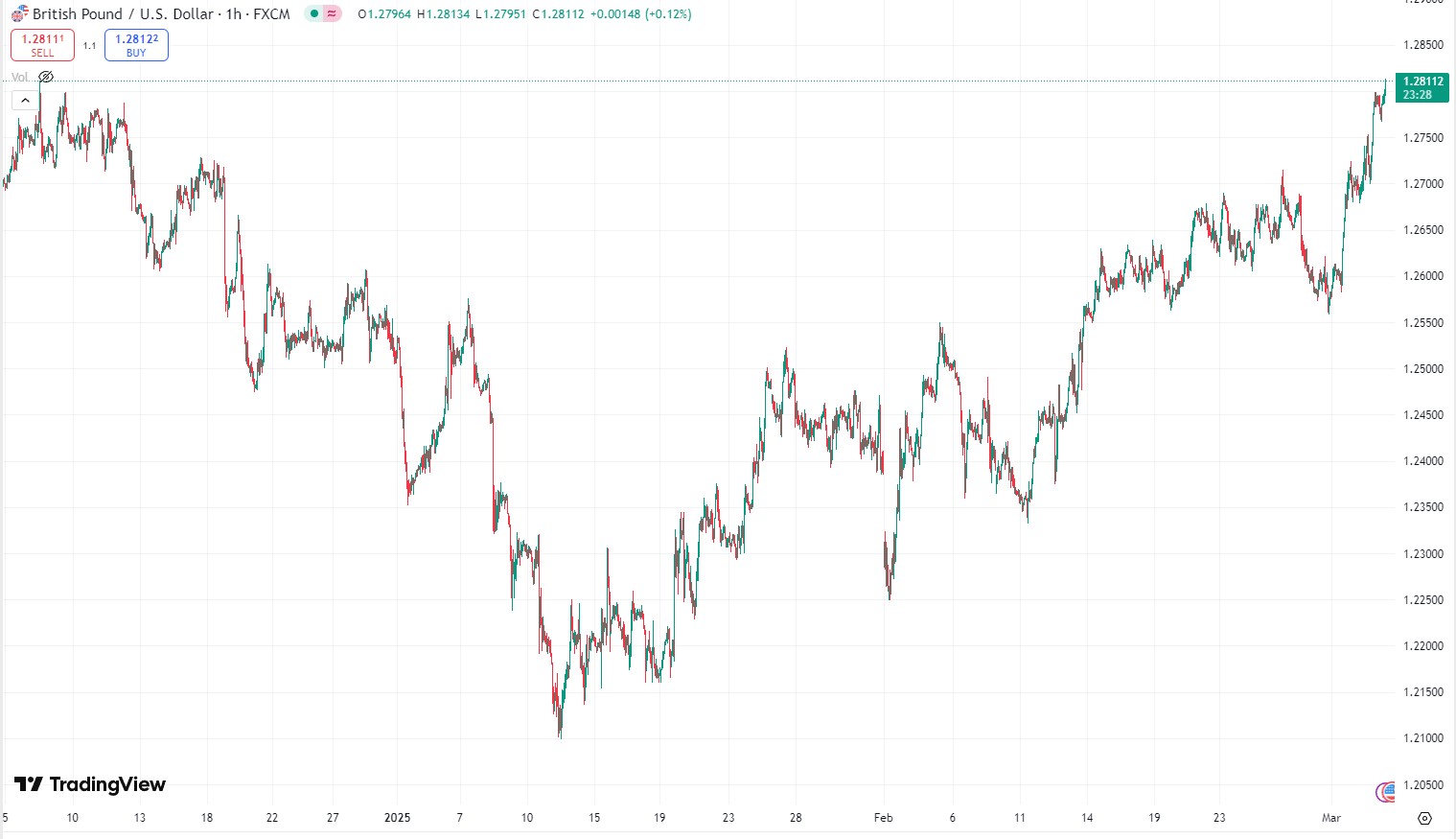Tariffs and DOGE Shake Market Confidence, Fuelling Fed Rate Cut Bets
Tariffs and DOGE are undermining market confidence and increasing expectations that the Federal Reserve will need to cut interest rates further. The U.S. Dollar fell nearly 1% after President Donald Trump confirmed that tariffs on Mexico and Canada would proceed, signalling that markets view the move as detrimental to the U.S. economy. The Dollar also registered similar losses against the Euro and Yen.
In response, Canada and China imposed reciprocal tariffs after Trump announced an additional 10% increase on February’s existing 10% tariff on Chinese imports. The U.S. Dollar Index, which measures the Dollar’s broad value, dropped 0.80% on the day of the announcement—its largest decline in four weeks. Previously, the Dollar had shown resilience amid tariff escalations, but this shift suggests a weakening trend as the trade war continues.
Signs of an economic slowdown in the U.S. are becoming evident, prompting financial markets to anticipate more aggressive rate cuts from the Federal Reserve. Money markets indicate that investors are pricing in 75 basis points of cuts by the December meeting—equivalent to three 25bp cuts—up from a single expected cut in early February. This is weighing on U.S. bond yields, which, in turn, is pressuring the Dollar.
Economic indicators reflect growing concerns. Monday’s Services PMI for February highlighted that DOGE spending cuts are affecting private sector spending decisions, while the latest Manufacturing ISM report emphasized the uncertainty surrounding tariffs. The February headline index stood at 50.3, a slight decline of 0.6 points from January.
This morning GBP/USD rose above 1.2800, a new two-and-a-half month peak.







